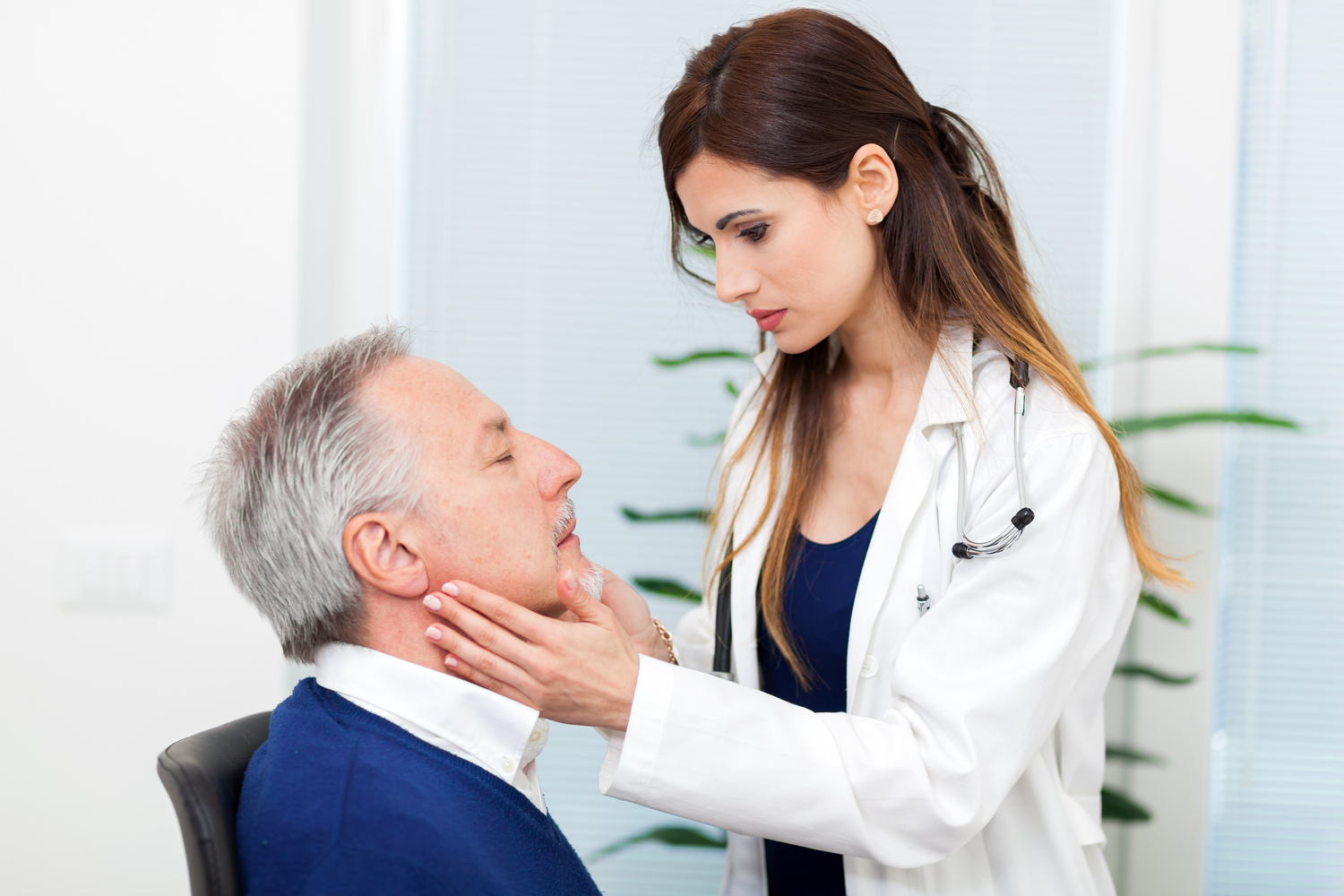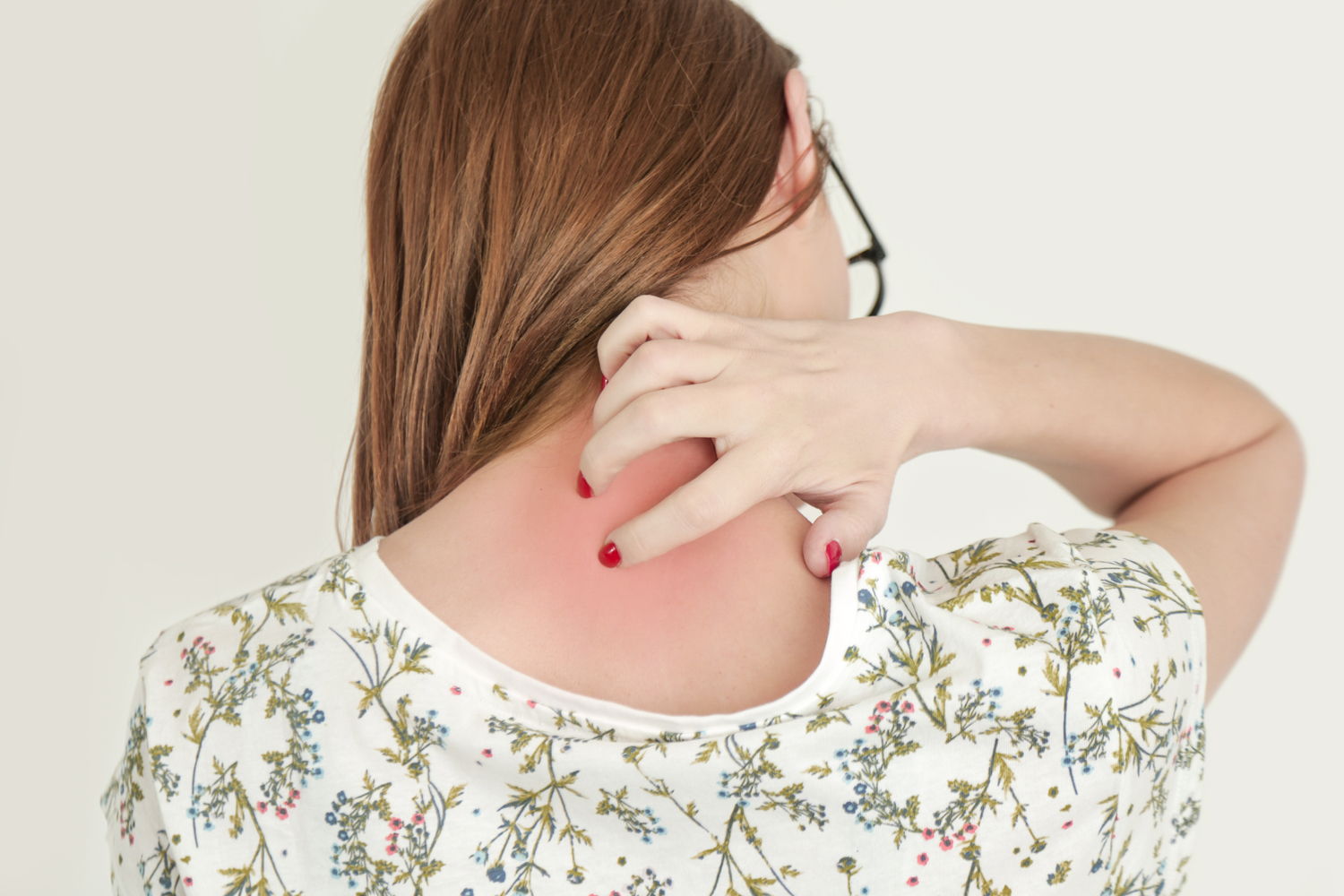Comprehensive Guide to Swollen Lymph Nodes: Causes, Symptoms, and When to Seek Medical Attention
This comprehensive guide explores the causes, symptoms, and treatment options for swollen lymph nodes, highlighting when to seek medical attention. Understanding lymphadenopathy helps in early detection of infections, autoimmune conditions, or serious illnesses like cancer. The article provides valuable insights into affected areas, diagnostic procedures, and preventive tips, empowering readers to maintain lymph node health and recognize warning signs promptly.

Understanding Swollen Lymph Nodes: Causes, Symptoms, and Treatment Options
The human lymphatic system is a vital component of our immune defense mechanism, playing a crucial role in identifying and fighting infections, removing toxins, and maintaining overall health. Among its key elements are lymph nodes, small, bean-shaped structures dispersed throughout the body, functioning as filtering stations for lymph fluid, which contains nutrients, waste products, and immune cells. These glands are found in strategic locations such as the neck, armpits, groin, abdomen, and chest.
Swelling of the lymph nodes, commonly known as lymphadenopathy, is a frequent medical concern that signals an immune response to various stimuli. When lymph nodes become enlarged or tender, it often indicates an ongoing infection, inflammation, or, in some cases, more serious conditions like tumors or immune-related illnesses. Understanding the causes, recognizing the symptoms, and knowing when to seek medical attention can significantly improve outcomes and ensure timely treatment.
What Are Swollen Lymph Nodes?
Swollen lymph nodes are enlarged lymphatic glands that can be perceived as palpable lumps under the skin. The size can vary from as small as a pea to as large as a cherry, depending on the underlying cause. Usually, swelling occurs as a response to an immune challenge, as lymph nodes produce more immune cells and become inflamed to combat offending agents.
In most cases, swollen lymph nodes are benign and resolve on their own once the underlying infection or inflammation subsides. However, persistent or severe swelling warrants medical investigation to rule out other causes such as malignancies or chronic inflammatory conditions.
Common Causes of Swollen Lymph Nodes
Several factors can lead to the enlargement of lymph nodes. The most common include infections, injuries, and in some cases, neoplastic growths. Here’s a detailed look at each cause:
Infections: The body's response to bacterial, viral, or fungal infections often involves lymph node swelling. Examples include respiratory infections like colds, bronchitis, or sinusitis; localized infections such as abscesses in the mouth or skin; and systemic infections like mononucleosis, HIV, or tuberculosis.
Injuries: Trauma or injuries in regions near lymph nodes can cause localized swelling as part of the inflammatory response. For example, skin cuts, insect bites, or bruises can trigger lymphatic enlargement in nearby nodes.
Cancer and Tumors: Malignant growths near lymph nodes—such as breast cancer, lymphoma, or metastasis from other cancers—can cause persistent or enlarging lymphadenopathy. Sometimes, cancer involves the lymph nodes directly, leading to painless, firm lymph node enlargement.
Immune System Disorders: Conditions like rheumatoid arthritis or autoimmune diseases can cause generalized lymph node swelling due to systemic inflammation.
Symptoms Accompanying Swollen Lymph Nodes
While swelling is the primary symptom, various accompanying signs can provide clues about the underlying cause. These include:
Pain and Tenderness: Usually associated with infections or inflammation, tender lymph nodes are common in early stages of illness.
Size and Consistency: Enlarged nodes may feel like beans or peas, and their firmness can vary; hard, fixed nodes may suggest malignancy.
Additional Symptoms: Fever, night sweats, fatigue, weight loss, sore throat, or localized pain can help differentiate between mild infections and serious conditions.
Specific Lymph Node Locations and Associated Conditions
The site of swollen lymph nodes often indicates the source of the problem:
Cervical (Neck) Nodes: Often swollen due to respiratory infections, throat infections, or dental issues.
Axillary (Armpit) Nodes: Commonly enlarged in response to arm or shoulder infections, or breast infections and breast cancer.
Inguinal (Groin) Nodes: Frequently affected by infections in the legs, feet, or genital area, or by skin infections.
Abdominal and Thoracic Nodes: Enlargement here may be linked to infections or cancers within chest or abdominal organs.
When to See a Healthcare Professional
Most mild lymph node swellings caused by common infections resolve spontaneously within a few weeks. However, certain cases require prompt medical attention:
If the swelling persists longer than two weeks without improvement.
If lymph nodes are hard, fixed, or rapidly increasing in size.
If associated symptoms like fever, night sweats, weight loss, or severe pain are present.
If you notice multiple lymph nodes involved or systemic signs of illness.
If there is a history of cancer or immune system disorders.
In these cases, a healthcare provider may recommend further investigations such as blood tests, ultrasound, biopsy, or imaging studies to determine the cause and initiate appropriate treatment.
Diagnosis and Treatment of Swollen Lymph Nodes
Diagnosing the underlying reason behind lymph node swelling involves a combination of medical history review, physical examination, and diagnostic tests. Blood tests can reveal signs of infection or immune activity. Imaging studies like ultrasound or CT scans help assess the size and structure of lymph nodes. In cases where malignancy is suspected, biopsy sampling provides definitive diagnosis.
Treatment depends on the root cause. Infections are usually managed with antibiotics, antivirals, or antifungal medications. Autoimmune conditions may require immunosuppressive therapy. Malignant cases often involve surgery, chemotherapy, or radiation therapy. Supportive care, such as pain management and rest, also plays a vital role during recovery.
Preventive Measures and Self-Care Tips
While some causes of swollen lymph nodes are unavoidable, maintaining good hygiene, practicing safe behaviors, and managing chronic health conditions can reduce risk. Key tips include:
Regular handwashing and proper personal hygiene.
Avoiding close contact with infected individuals.
Managing chronic illnesses effectively.
Seeking prompt medical attention for persistent or unusual swelling.
By staying vigilant and adopting healthy habits, you can minimize the chances of developing problematic lymphadenopathy and ensure early detection of underlying issues.
Conclusion
Swollen lymph nodes are a common but often benign condition that signals an active immune response. Understanding the causes, recognizing the symptoms, and knowing when to seek medical help are essential steps toward effective management. If you experience persistent or concerning symptoms, consulting a healthcare professional ensures accurate diagnosis and appropriate treatment, improving your overall health and well-being.





